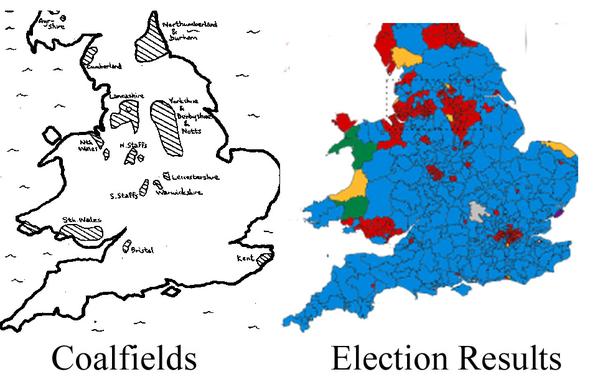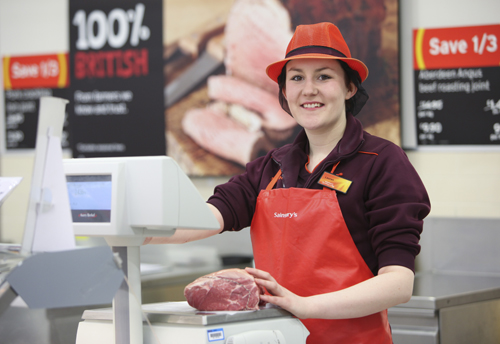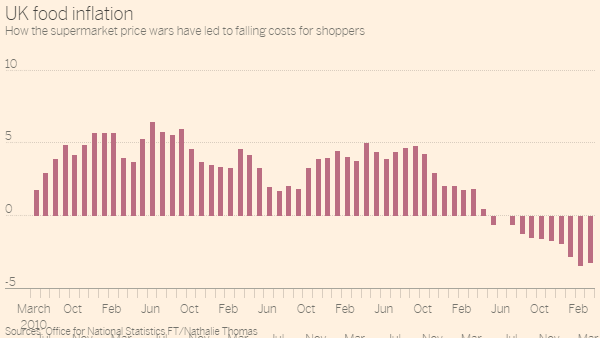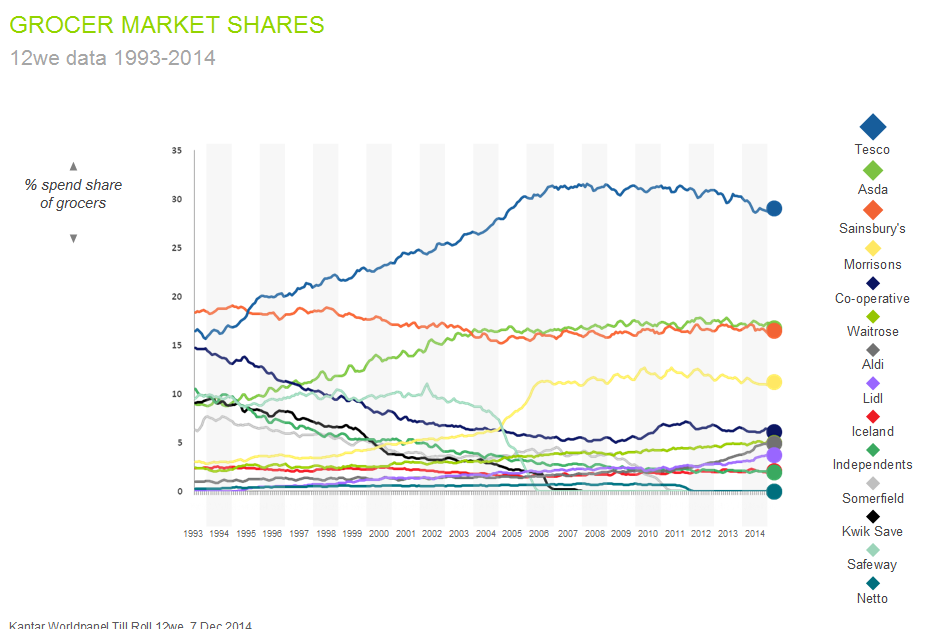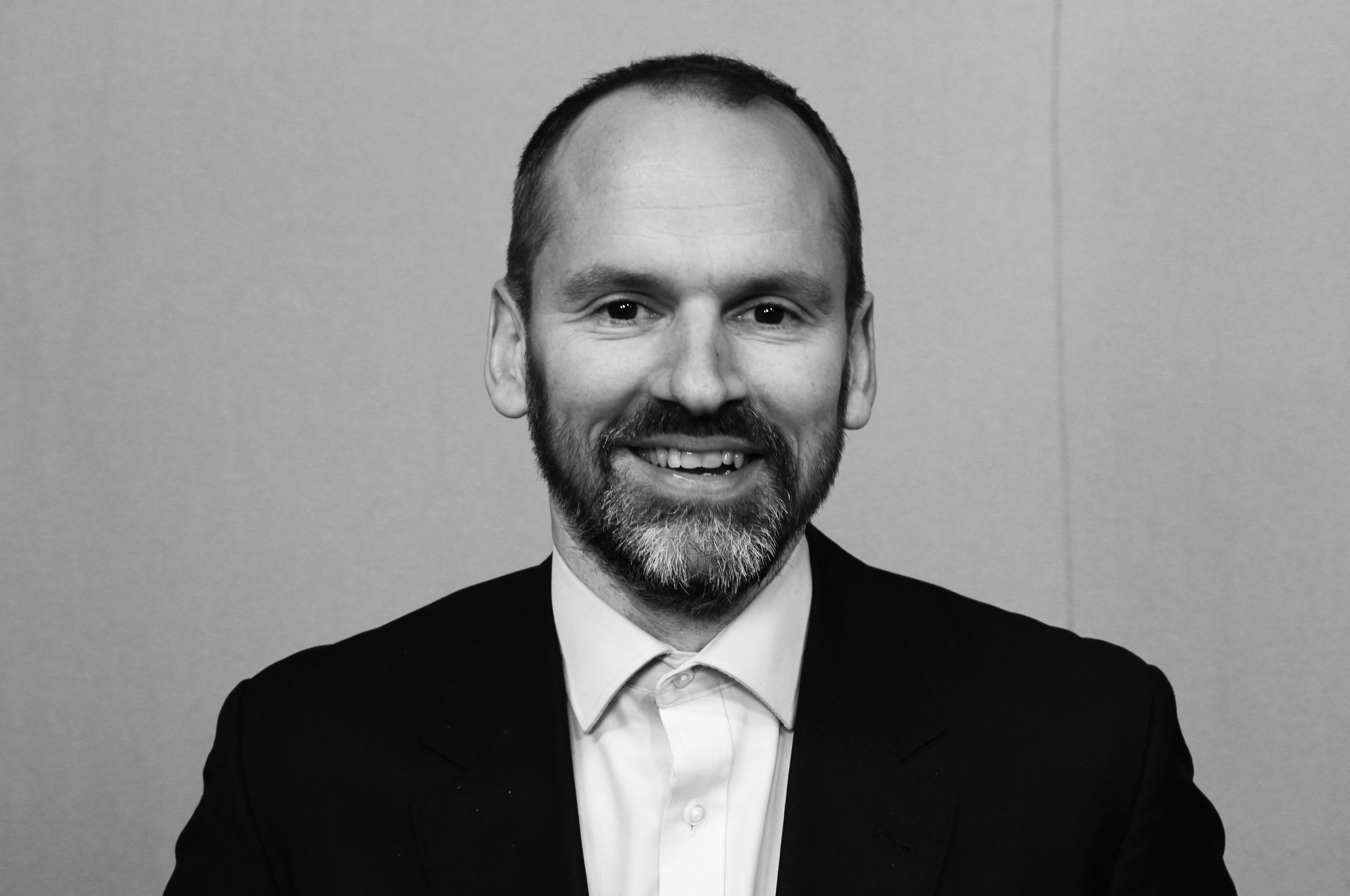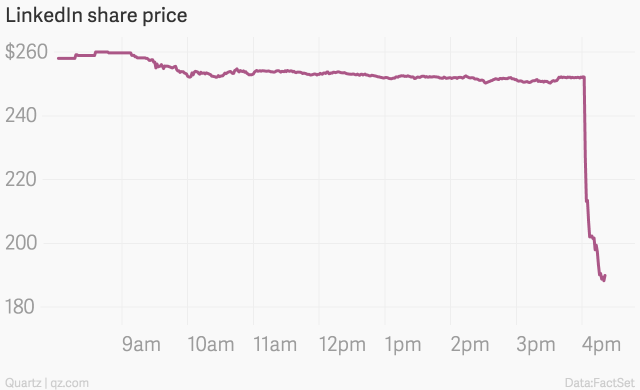
Ask most marketers and they will tell you that customer engagement has never been more important.
But real engagement isn’t happening on traditional channels. It’s on digital platforms such as Twitter, LinkedIn, Pinterest, Youtube, Instagram and Snapchat.
What is the future of these channels – and what do they mean to marketers?
Here are six ideas currently gaining traction on a foresight website near you.
1. It’s a conversation which won’t be dominated by brands
The difference between a channel and a platform is that channels are one way pipes, while platforms are two-sided networks.
So while Netflix has an audience and adds content incrementally, Youtube is a community and adds content exponentially.
Marketeers need to understand this.
According to Danielle Tiedt, CMO of Youtube, the goal is not “how do I create a viral video” but “how do I use video to create an ongoing conversation that builds a relationship?”
Historically, marketers have wanted to dominate the conversation, but it is now all about participating. The days of dominating are over.
2. Personalization will get way smarter
There is a ton of content on most platforms. Most of it we don’t need to see.
Platforms do the work of making the experience more personal for us. They will get better at this, filtering out the stuff you don’t need to know about and making sure you can discover new stuff you will like.
Google think a social media platform will be like “ a friend that knows you.”
3. Products and platforms will blur
Uber (a platform) is now offering customers the opportunity to select music for their trip directly from their playlists on Spotify (a product).
Things will travel in the other direction too. Products such as your fridge, will soon pop up on your Facebook page to tell you to buy more milk.
The internet of things will soon be the social network of things.
4. Companies will start to use social media platforms to manage their organizations
Facebook won’t be banned at work, it will be the means by which companies organize business processes such as employee communications, performance management and professional development.
Leaders who want their customers to engage with their brands on platforms must participate themselves.
In a social age, says Harvard Business Review, “you get what you give”.

5. Frictionless payment via social media
Paying for stuff is changing. Already, with digital wallets, we can download an app, pay our Uber driver or order a Frappuccino without touching our wallet.
Next we can expect even greater integration of e-commerce and social networks.
So while it might now feel odd to make a payment via Facebook, the invisible nature of digital payments is making this new era of social commerce possible – and more popular.
6. Customers won’t want to use more than one platform for any given purpose
How will your connected car integrates with your Twitter feed?
Platforms and providers are going to have to work together to deliver this kind of seamless customer experience.
As digital platforms get smarter and more relevant customers will benefit.
But businesses with traditional mindsets structures and practices will find it increasingly challenging.
Customers are setting the pace, its up to us to keep up with them.
Posted in: Big Picture story | Leave a Comment


